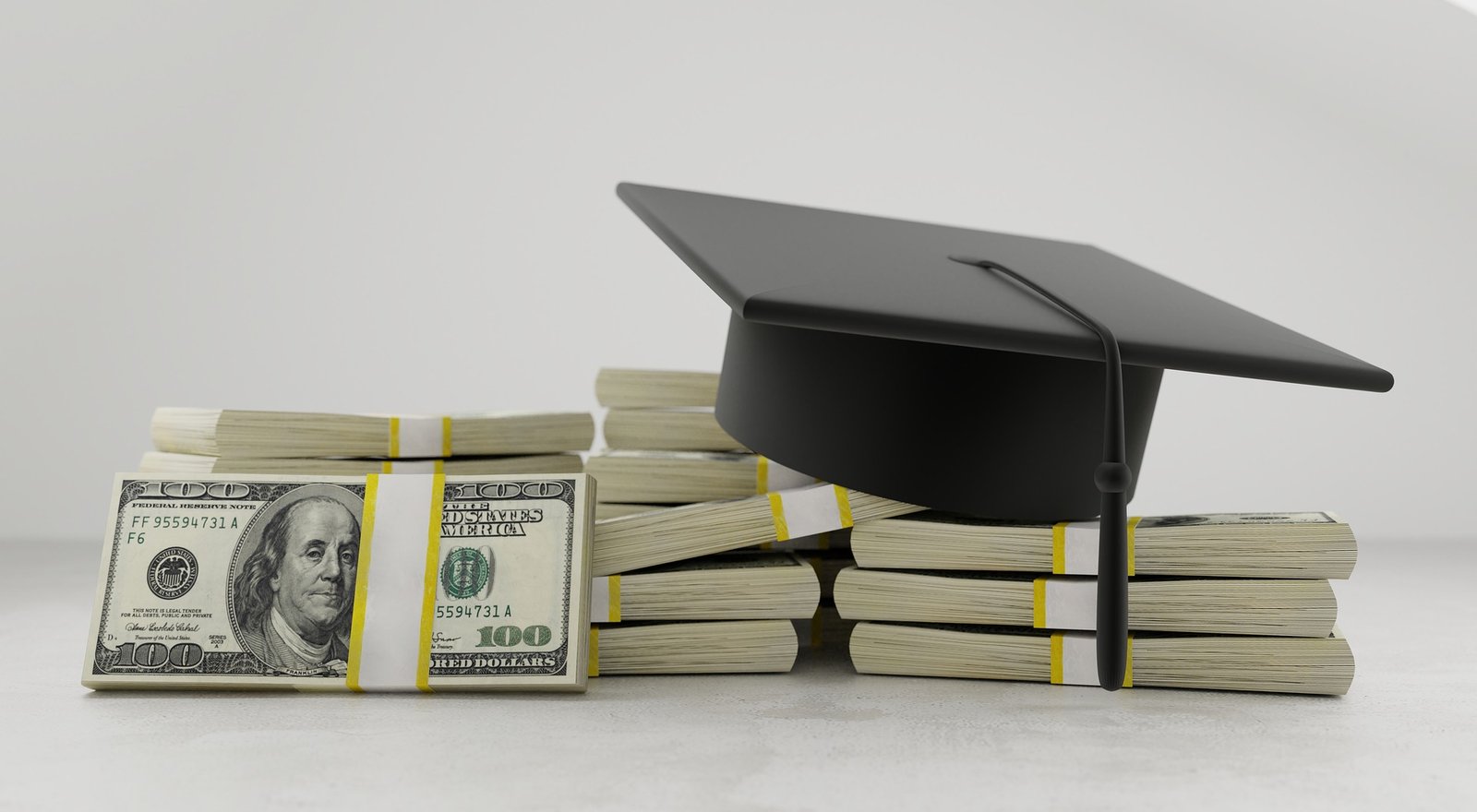Paying Off Debts
1. Figure out how much you owe.
To understand how best to pay down your debt, you first need to understand how much you owe. Add together all your debts, including credit cards, short-term loans, student loans, and any mortgages or auto financing you have in your name. Look at your total debt numbers to help you understand how much you owe and how long it will realistically take to pay it off.
2. Prioritize high-interest debts.
Debts like credit cards tend to have higher interest rates than things like student loans. The longer you carry a balance on high-interest debts, the more you ultimately pay. Prioritize paying down your highest-interest debts first, making minimum payments on other debts and putting extra money into your top debt priorities.
- If you have a short-term loan (a car loan, for example), pay that down, too, as quickly as possible. Such loans can become very expensive if not paid off in full and on time
3. Go straight from paying off your highest-interest debt to paying off your next-highest-interest debt.
When you pay off a credit card balance, don’t roll that payment amount back into your discretionary funds. Instead, roll the amount you were paying into your next debt.
If, for example, you finish paying off a credit card, take the amount you were putting toward that card and add it to the minimum payment you’ve been making on another card or a student loan.
The point is that you want to eliminate all recurring, long- and short-term debt as soon as possible so that you can live interest-free.



